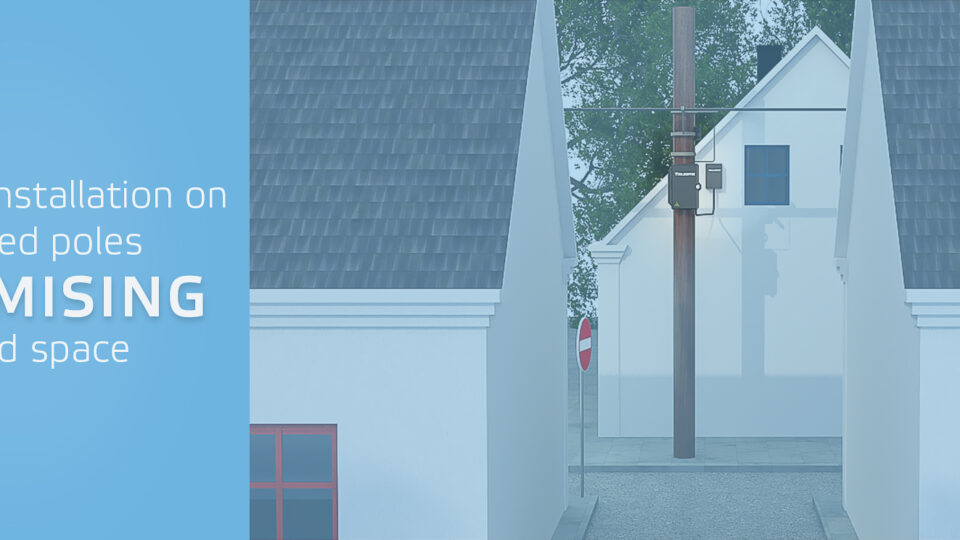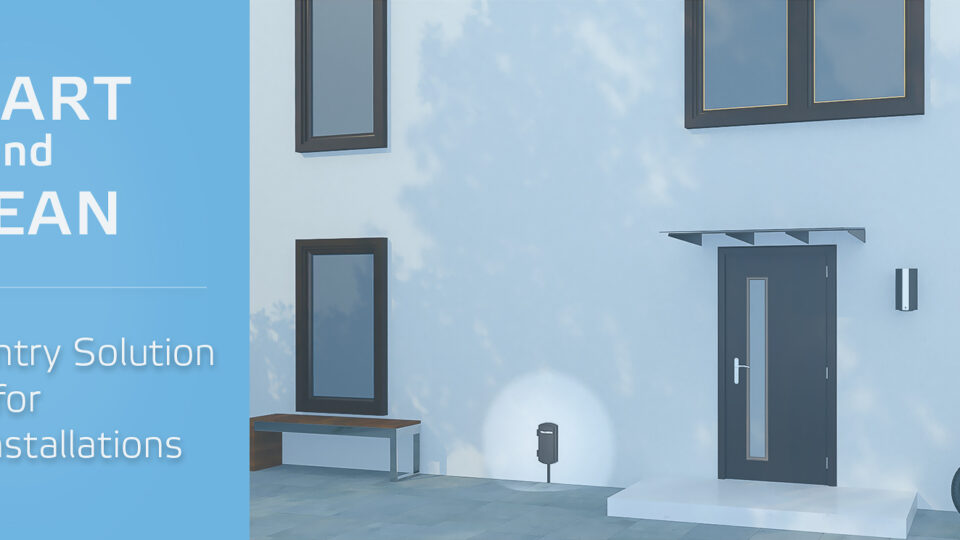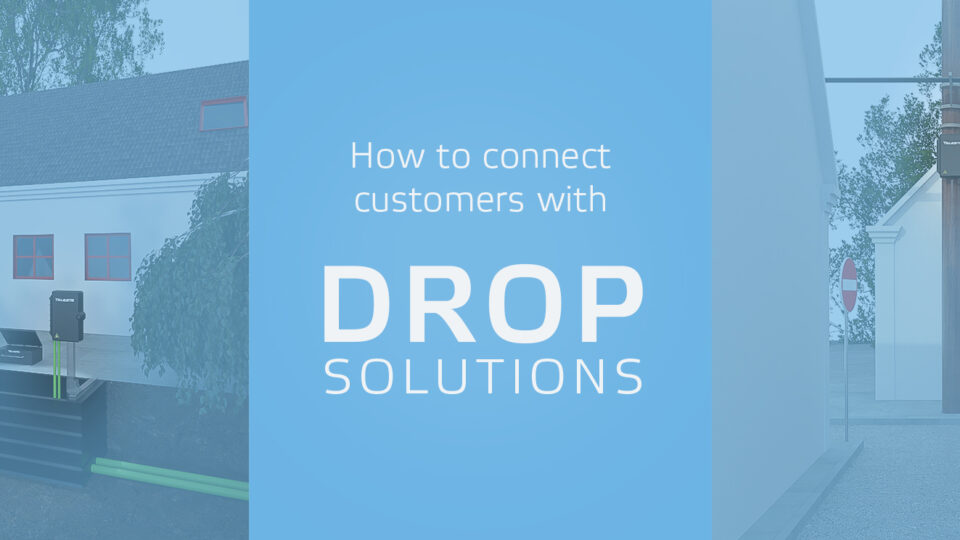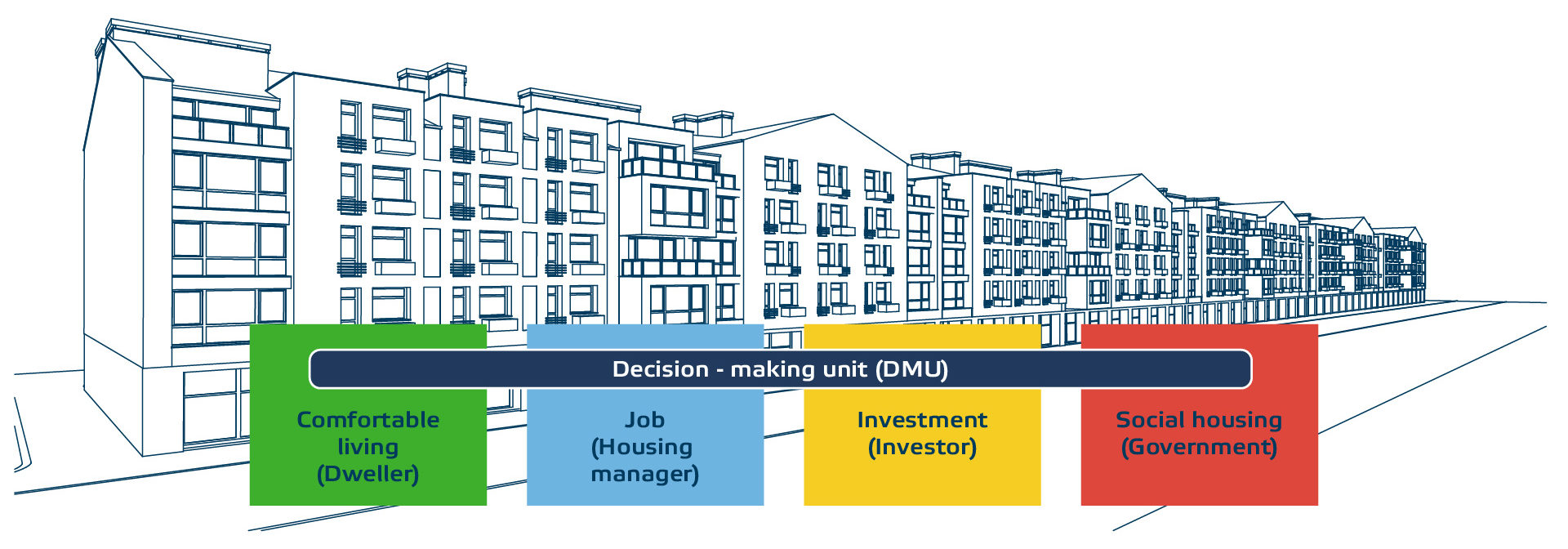
Selling broadband to MDUs
I was honoured to participate in a panel at ANGA COM 2023 titled “Accelerating the FTTH Connectivity”. This exceptional session was hosted by Anthony Basham, representing The Society for Broadband Professionals, and participants included Daniel Berz, Mark Basham, and Dr. Andreas Iselt. Recognizing that many ANGA COM attendees were simultaneously engaged in other exciting panels and meetings, I’ve decided to share the insights from my presentation for those who were unable to attend our panel.
My presentation was primarily targeted to those operators who are keen to sell broadband connections to Multi-Dwelling Units (MDUs). To put it simply, it was intended for individuals seeking to sell technology to a group of decision-makers who may not fully comprehend what they are purchasing. You can find the slides from my presentation here. If you are also interested in technology that accelerates MDU installations, you may find value in my previous article on the topic.
From MDU to DMU
While it’s straightforward to define a Multi-Dwelling Unit as a single building or cluster of buildings at one location, complexities arise when considering aspects such as ownership, management, the number of apartments, and whether the owners live within the premises. Considering these factors across various European countries, it becomes challenging to pinpoint a “typical” MDU. Such variability presents hurdles in optimising our marketing efforts, given the lack of a standard MDU archetype.
However, we can overcome this challenge by shifting our focus to the Decision-Making Unit (DMU) rather than the MDU itself. Despite the absence of a “typical” MDU, a more standardized DMU can be identified. People can be categorized based on their interest in the MDU: residents who desire a comfortable living space; building managers for whom it’s a professional responsibility; investors seeking profitable returns; and government entities viewing MDUs as potential social housing. Representatives from these four groups come together to form the DMU, making decisions on behalf of their respective groups. It’s important to note that an individual might belong to more than one group. For instance, an investor could also be a resident within the MDU. By understanding these dynamics, we can better tailor our efforts to engage these decision-makers effectively.
DMU in the eye of the storm
The Decision-Making Unit faces a challenging task when selecting the most suitable broadband connection on behalf of the four interest groups. They must balance the wishes of these groups with the available broadband options, a task that often results in decisions that might seem counterintuitive.
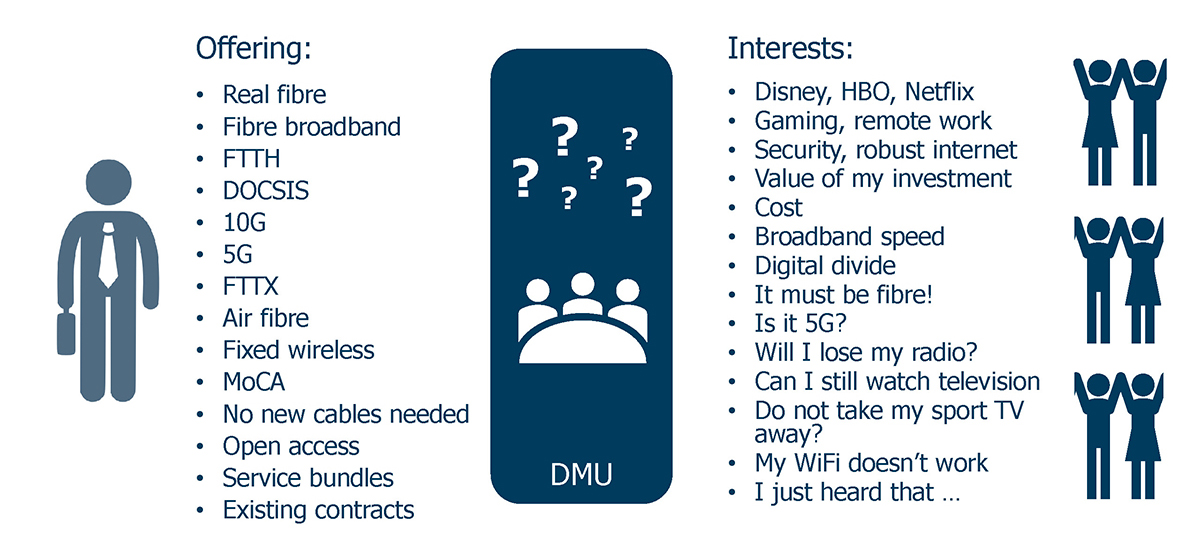
I became interested in understanding the reasoning behind such decisions. To gain a deeper understanding, I studied numerous websites (see the slides for examples) where individuals discuss their broadband connections and infrastructure. I specifically selected cases involving MDU stakeholders and started a process of manual text mining/coding, categorizing the discussions into clusters. The outcome yielded four clusters that helped clarify the logic behind these counterintuitive technology decisions.
However, my research had its limitations. The clusters identified were unable to fully explain all the data, suggesting the existence of other, yet undiscovered, clusters. Moreover, the objectivity of the criteria I employed – namely, “brand reputation,” “maximum broadband speed,” “total cost,” and “implementation time” – could be subjected to scrutiny. Due to the extensive nature of this topic, this article doesn’t provide a comprehensive discussion of my methodology for evaluating options objectively. Therefore, as sharp-sighted readers, I encourage you to take these results with a measure of healthy scepticisms.
The four clusters
The first cluster is termed “Rejection of Seemingly Superior Technology”. In this scenario, the DMU had a myriad of requirements for broadband technology, but behind those was a fundamental requirement we can label the ‘minimum requirement’. If we were to evaluate objectively, Alternative A would logically be the optimal choice. It’s important to note that my rankings indicate positions, with number one being the best possible. When the positions of “brand,” “maximum broadband speed,” “cost,” and “time” are evaluated and summed up, we obtain a “total score.” Therefore, the lower “total score” for Alternative A suggests a better option based on objective criteria. Nevertheless, it was the minimum requirement that led to the selection of Alternative B. This cluster could exemplify a situation where Distributed Access Architecture is preferred, even though full fibre or CAT5-based Ethernet would be superior based on an objective evaluation.

The second cluster is called “Counterintuitive Trade-offs”. During the decision-making process, certain individuals in the DMU favoured Alternative A as it was a popular choice among neighbouring MDUs, leading to the belief that its successful adoption elsewhere made it the best option. Others in the DMU, associating higher cost with better quality, weren’t deterred by Alternative A’s third-place position in terms of cost. This led the DMU to opt for Alternative A.

The third cluster, “Suboptimal Decisions”, features a DMU where some members prioritize basic needs, leaning towards Alternative B due to its lower cost and simplicity. Others, influenced by brand recognition, lean towards Alternative A as a well-known market solution. The group’s discussion centres on the trade-offs between A and B, neglecting Alternative C due to its relatively unknown brand. Eventually, the group decides on B as it satisfies their minimum requirements at a more economical cost than A.

The fourth cluster, known as “Anchoring Effects”, involves individuals within the DMU who, having had experience with Alternative A, strongly champion it. They underscore its reputable brand and familiarity, which serves as an anchor, guiding the group’s evaluation of all Internet Service Providers (ISP) and/or broadband alternatives. Under the influence of the anchoring effect, the group does not thoroughly evaluate the potential benefits and drawbacks of each alternative. They disregard Alternatives B and C, selecting Alternative A without due consideration.

Summary
What insights can we gather from the four cases?
- Even though a ‘typical’ MDU may not exist, we can approach MDUs using buyer personas and the concept of the DMU.
- The existence of superior features doesn’t nullify minimum requirements. Consequently, you’re presented with three alternatives: identify and meet these minimum requirements, attempt to influence them, or choose to forget the case altogether. While the last alternative might sound negative, there are instances when it can be the most practical option.
- Peer reviews and brand reputation carry significant weight; gaining a foothold in a particular area often begins with the initial reference. Although this first reference might not immediately result in profit, it could pave the way for profitable opportunities in the future.
- Housing managers should not be underestimated. While they seldom make autonomous decisions, they often contribute significantly to the decision-making process. Taking the initiative to engage with and educate them can bring considerable rewards. Furthermore, in many countries, housing managers operate in an organized manner, making it relatively straightforward to reach out to them.
For more insights, read about how Stadtwerke Schwedt delivers high-capacity broadband to its subscribers using Teleste’s Distributed Access technology.
Arttu Purmonen
Arttu Purmonen
I joined Teleste in 1997 and engineered video processing and data transmission products. I have worked as engineer, project manager, product manager and business director but understanding customer perspective has always motivated me. It brought me to be responsible for system and technical marketing where my internal driving force and former experience can party together. See my LinkedIn.

